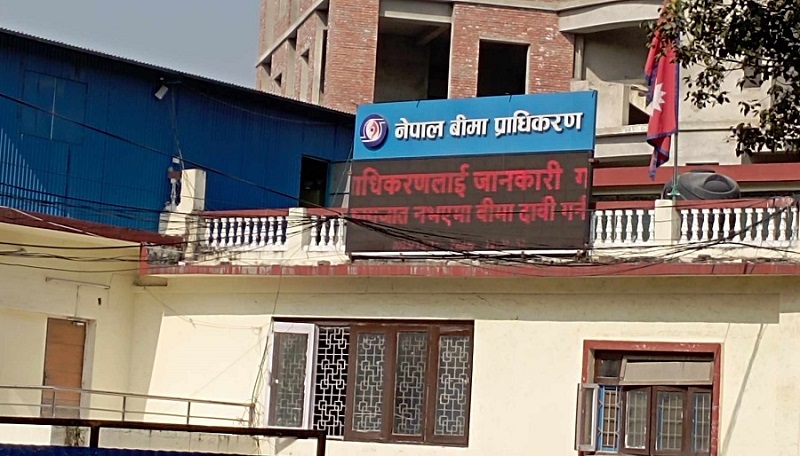Nepal’s Upper Arun Hydropower Project: Overcoming Challenges and Securing Financing
17th December 2024, Kathmandu
The Nepal Electricity Authority (NEA), which is **leading the construction of the 1,063 MW Upper Arun semi-reservoir hydropower project in Bhotkhola Rural Municipality, Sankhuwasabha, has initiated the construction of the access road.
Nepal’s Upper Arun Hydropower Project
This essential infrastructure will connect the powerhouse site to the dam location, spanning a challenging 21 km in a geographically remote and complex terrain. Of the total stretch, 2 kilometers will require tunneling.
Progress on Access Road Construction
The access road extends from the proposed powerhouse at Chhongrung in Bhotkhola’s Ward 4 to the dam site near Chepuwa village in Ward 2. The Koshi Highway currently reaches Chhongrung, and from there, a 70-meter-long steel arch bridge over the Arun River is being constructed to facilitate access to the project site. Heavy machinery and construction materials, including boomers, JCBs, loaders, robotic shotcrete machines, concrete pumps, generators, and other equipment, are being transported via MI-17 and smaller helicopters due to the lack of direct road connectivity. Over 300 helicopter trips have been completed so far.
Progress and Challenges
Essential facilities, such as bunkers for storing explosives and accommodations for security personnel overseeing their use, are under construction. Excavation for the tunnel will commence from both Namase and Ruku once preparatory works are complete. Track opening for the road from Chhongrung to Namase has begun, while the project’s office and staff housing are in their final stages of construction.
The project faced delays of over a year and a half due to the lengthy approval process for utilizing forest land and cutting trees within national forest areas. However, Executive Director of NEA and Chairman of Upper Arun Hydroelectric Limited’s Board of Directors, Kulman Ghising, expressed optimism about the progress, emphasizing the importance of the access road in facilitating the transport of construction materials. Coordination between the project management, consultants, contractors, and local stakeholders was highlighted as essential for the timely completion of the road.
Contractors and Timeline
The construction contract for the access road was awarded to a joint venture between India’s Gayatri Projects Limited and Nepal’s Kankai International Builders. The contract, worth NPR 7.91 billion (including VAT), was signed on February 23, 2023, and came into effect on May 10, 2023. The access road is scheduled for completion by February 2025.
Financing and Future Prospects
During discussions with local stakeholders, Ghising assured that if the World Bank declines financing, the Upper Arun project will follow a financing model similar to the Upper Tamakoshi project, leveraging domestic investment. He highlighted that this transformative project is vital for Nepal’s energy sector and economic growth.
The World Bank is leading efforts to secure around $2 billion in co-financing with other international agencies such as the Asian Development Bank (ADB) and the Japan International Cooperation Agency (JICA). However, in case of delays or withdrawal, NEA plans to mobilize funds from domestic banks, financial institutions, and shares issued to Nepalis at home and abroad.
Project Financial Structure
The estimated cost of the Upper Arun project is $1.75 billion (approximately NPR 214 billion), to be financed through 70% debt and 30% equity. A blended financing model is being adopted, involving concessional loans from multilateral agencies, domestic banks, and public investment. Agreements for domestic financing have been signed with Hydro-Equity Investment and Development Company (HIDCL) and other financial institutions for NPR 53 billion.
Of the equity portion, 51% will be held by Upper Arun Hydroelectric Company’s founding shareholders, while 49% will be raised through public shares. Shares will be allocated to local governments, project-affected residents, and the general public under the “People’s Hydropower Program.”
Environmental and Social Considerations
The project has acquired 99% of the compensation for the required 232.14 hectares of private land, with ongoing resettlement for 22 displaced households. Environmental and social impact studies indicate minimal adverse effects. Designed to operate at full capacity for six hours daily during winter, the project is expected to generate 4.53 billion units of electricity annually, with 30% of the output produced during the winter months. The electricity will be transmitted through a 6 km, 400 kV transmission line to the proposed substation at Hytar, Sankhuwasabha.
Additionally, a 40 MW Ikhuwa hydropower project, integrated with the Upper Arun, is being developed as part of the People’s Hydropower Program.
Timeline and Goals
Pre-construction activities are ongoing, with the main construction scheduled to commence in early 2026. The project aims for completion by 2031, marking a significant step toward achieving Nepal’s energy independence and economic transformation.








